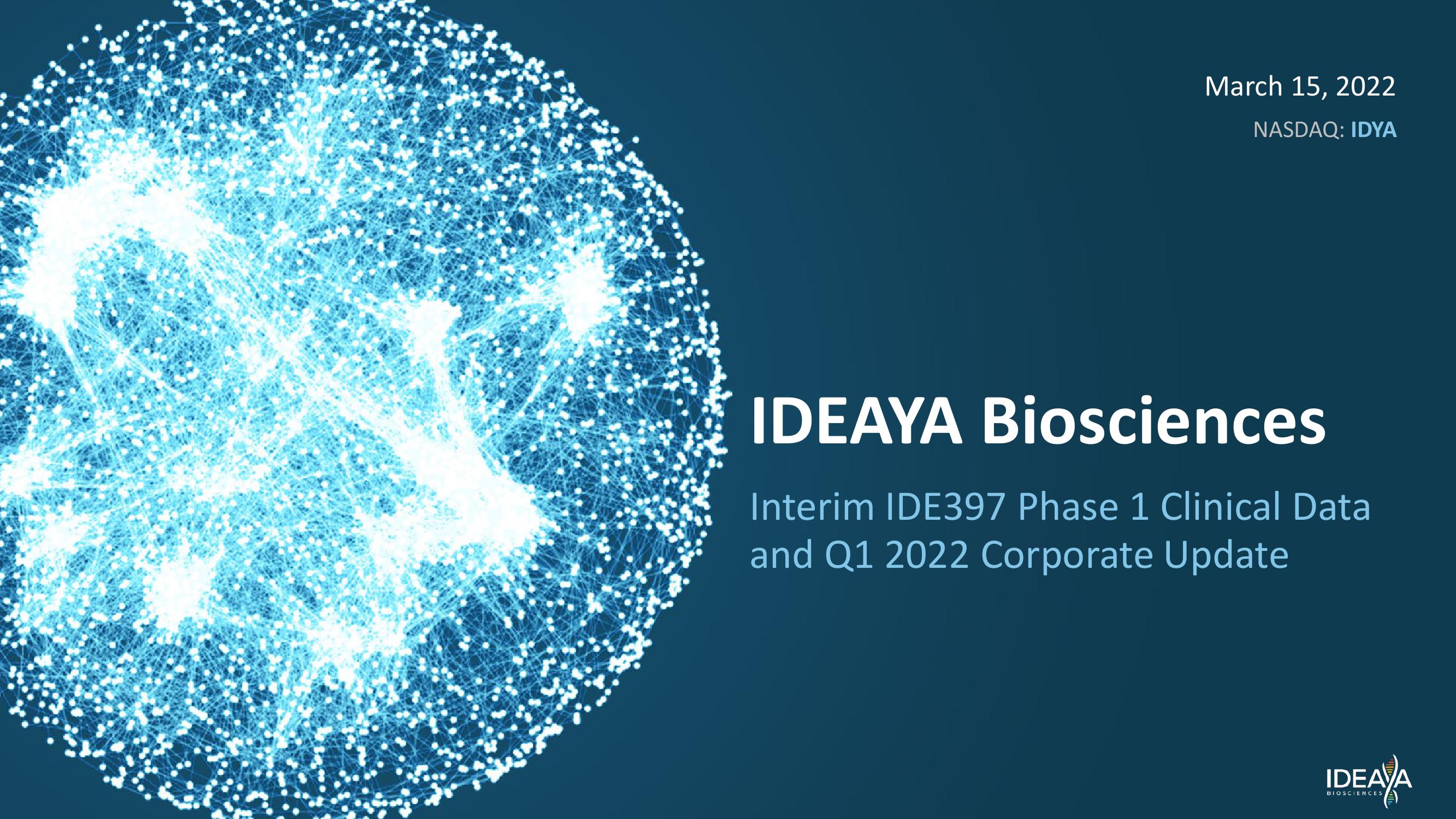WPRO and WHO Response to Tohoku Earthquake and Tsunami
Made public by
World Health Organization
sourced by PitchSend
Creator
World Health Organization
Category
Healthcare
Published
11 March
Slides
Transcriptions
Download to PowerPoint
Download presentation as an editable powerpoint.
Related





















